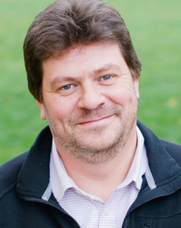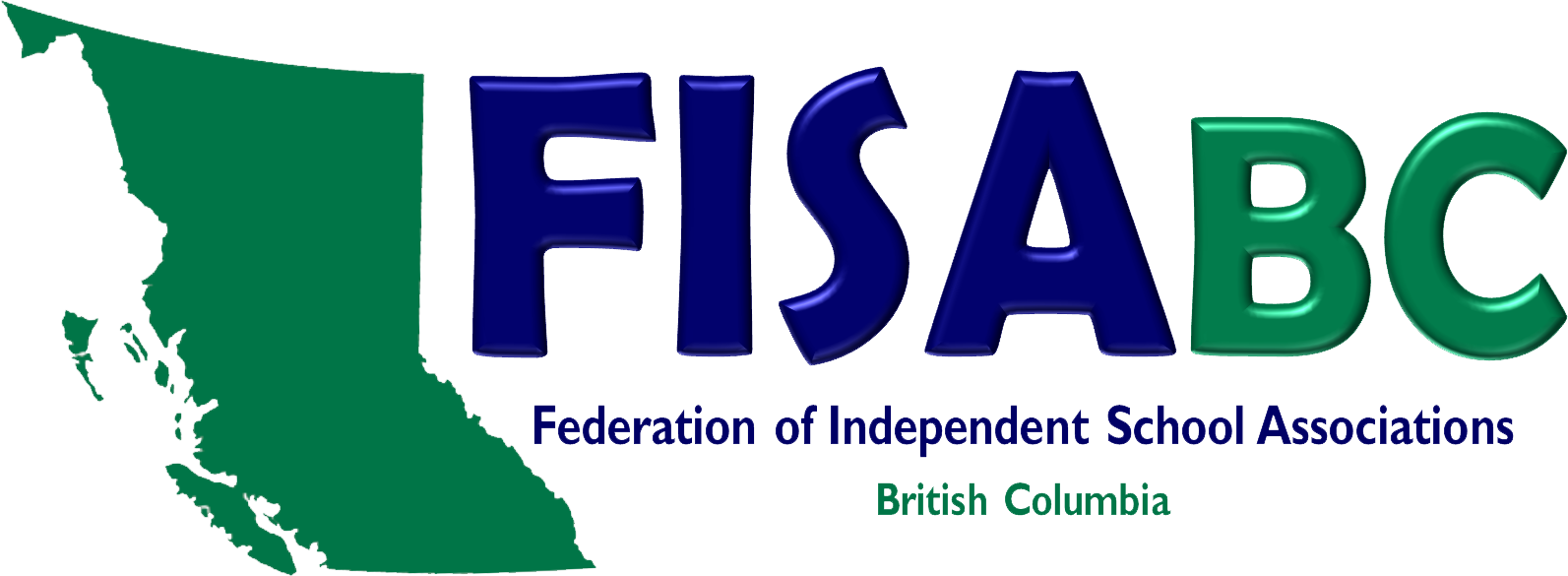
Principal, Whistler Whaldorf
The Whistler Waldorf School started 18 years ago, a result of a parent-led initiative. But the real roots of Waldorf go back to 1919, to Stuttgart, Germany. Developed by Austrian philosopher Rudolph Steiner, the educational system was born at the end of the First World War out of a desire for social reform. It emphasizes the importance of imagination and is proudly child-oriented.
With Waldorf, early childhood education focuses on practical, hands-on activities. Elementary education emphasizes artistic expression and social capacities. And secondary education concentrates on critical reasoning and empathic understanding. The goal, says Whistler Waldorf principal Arnold Grimm, “is to help students develop the executive function and critical thinking skills that will help them make better decisions for the world.”
Interestingly, Steiner’s desire to put the child before the curriculum is now being echoed in the BC public school system, where curriculum reform is currently putting a new emphasis on interdisciplinary learning.
But Waldorf has another strategy that’s unlikely ever to be copied by the public system. Teachers work with elementary students for the length of their school careers. As a child moves from grade 1 to 7, his or her teacher moves as well. “We’ve been doing this kind of relationship building for decades,” Grimm says. “It allows us to deliver our educational philosophy in a better way.”
This strategy sometimes has an immediate impact on new students. Speaking about a father whose son has entered Waldorf just last year, Grimm says the parent already sees a son who has changed. “At his old school, he was very timid and withdrawn and felt that no one cared about him,” Grimm says. Recently, however, the boy sprang to help another child who was being bullied at a neighborhood play park. The parents attribute his change to the learning he has undergone at Waldorf.
Some 201 students attend the Whistler school, ranging in age from pre-school to Grade 12. Class size usually varies between 20 and 23 students although not all classes are full.
Whistler Waldorf is also well known for its outdoor education program, starting as young as Grade 6 where students go on class activities, such as a field trip to Horn Lake on Vancouver Island, tied into their curriculum.
In high school, however, the program involves a formal education program with weekly classes in senior grades and three major trips for all grades. “This means the whole high school gets to know each other,” Grimm says, “essentially becoming one social group.” This year, students went to the Stein Valley and their second trip — in February — will involve camping in the snow and dealing with safety issues. “They’ll be exposed to situations where they’ll have to learn how to develop solutions,” Grimm says. “It really plays into the development of core competencies.”
Like one of more than a thousand independent Waldorf schools in 60 countries around the world, the Whistler Waldorf school is committed to building relationships following a model developed almost 100 years ago.
